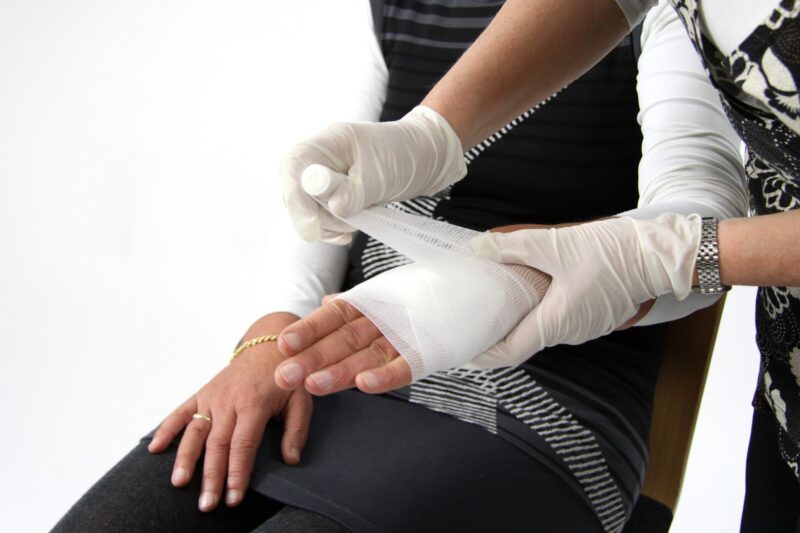The right cab or PHV is the starting point for every taxi driver’s business because it enables them to work in a way that suits their needs and means they can manage their bills such as maintenance and taxi insurance.
Wherever a driver chooses to operate, the cornerstone of their business is their vehicle. They must choose something that is affordable and reliable and that is a sensible, long-term investment.
Almost any vehicle can be used as a taxi, but it should have enough room for at least four passengers as well as luggage. Drivers often choose saloon or estate cars as they provide more comfort and space than compact family cars, especially for longer journeys.
Some operators have minibuses for larger groups of passengers and airport runs, as well as luxury cars for executive travel.
Patons Taxi Sales has more than 50 makes and models which have been specifically chosen for the taxi industry, whether it is operating in a city centre as public hire or private hire, more remote rural settings, or longer journeys that need extra space for luggage.
Having bought the right vehicle, taxi drivers should do all they can to protect themselves and their investment and choosing the right taxi insurance is key to this.
All cab and private hire drivers must have third-party taxi insurance as the minimum cover. This means that if a taxi driver is at fault for a crash, the other parties will be covered, as well as any passengers in the cab, but the driver will have to foot the bill for their own repairs and expenses.
In addition to this, they are losing money while their taxi is off the road.
Fully comprehensive taxi insurance will also cover repairs to the driver’s vehicle in the event of a crash, as well as covering passengers and third parties.
But there is an additional form of insurance which taxi drivers should consider to protect themselves. Public liability insurance covers drivers in the event of liability claims relating to their activities as a taxi driver, which don’t arise from driving their vehicle. This type of insurance compliments Taxi insurance as it does not include claims related to damage caused by their vehicle or injuries to passengers resulting from a crash, which are covered by standard taxi insurance.
Public liability insurance would, for example, protect a driver who was dropping off someone from an airport run and took the suitcases out of the taxi and placed them on the pavement. If anyone were to trip over the bags and hurt themselves, they would have a claim against the taxi driver who would be liable for damages unless they had public liability insurance.
For taxi drivers with school transport contracts, local authorities insist that they have public liability insurance, with many requiring £5 million or £10 million worth of cover. This is because if they were to drop off a student from school and they were hit by another vehicle as they got out of the taxi, the driver could be liable for damages if found negligent.
Despite the high amounts being covered, public liability insurance isn’t usually expensive and is sometimes automatically included as standard in some comprehensive taxi insurance policies. It is also available as an optional extra in others and, where it is not available from the taxi insurer, it can be taken out as a separate policy.
Having made huge investments in your taxi, is worth considering public liability insurance to protect everything you have worked so hard for.
Paying out substantial public liability claims could lead to the loss of a taxi driver’s livelihood if they are forced to sell their vehicle to pay for damages. They could even face bankruptcy if they cannot cover all the costs involved in a claim.


